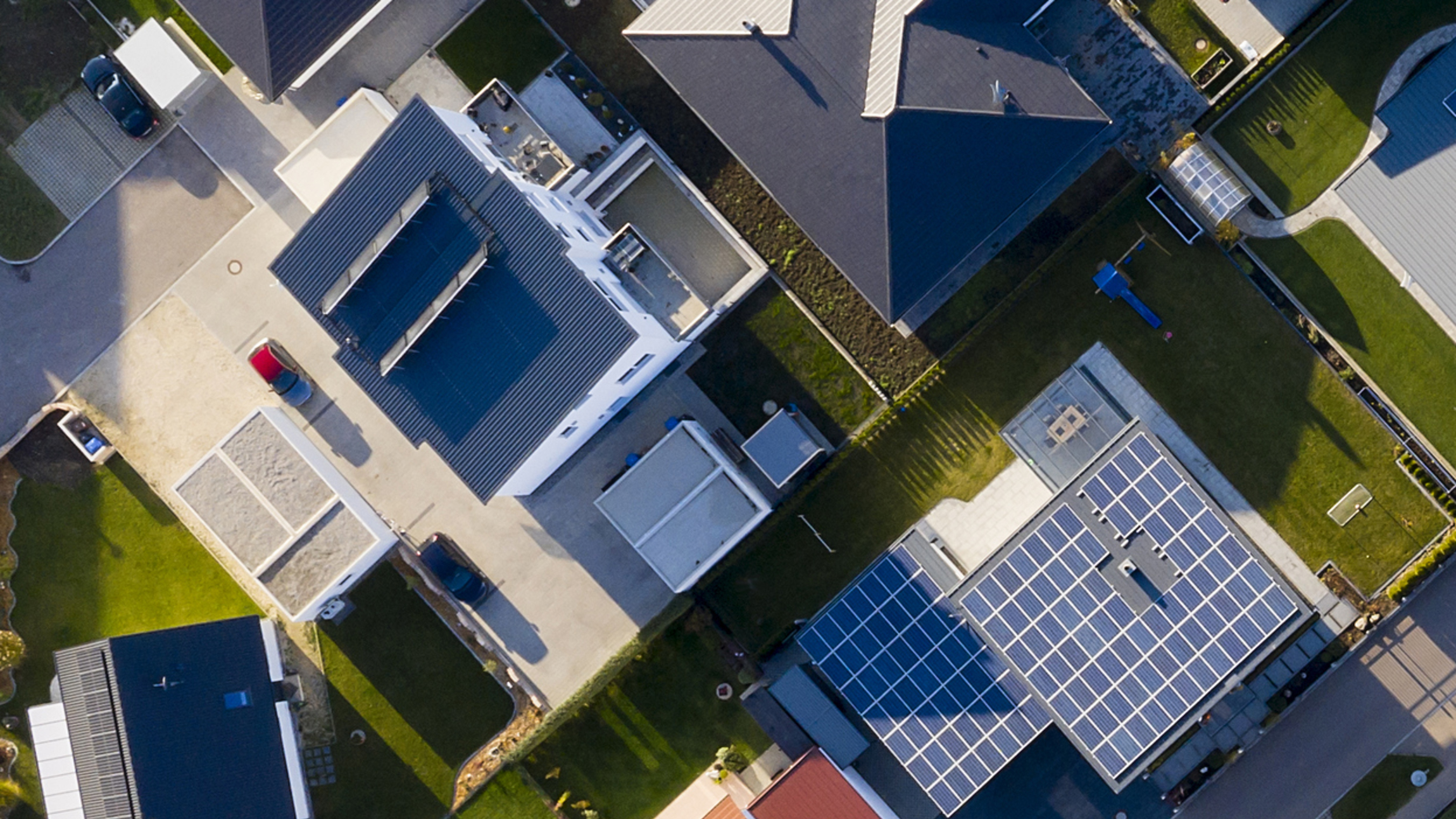Monthly Update
Year-to-date to June 30, the Ninepoint Global Real Estate Fund generated a total return of 0.30% compared to the MSCI World IMI Core Real Estate Index, which generated a total return of 0.68%. For the month, the Fund generated a total return of 1.96% while the Index generated a total return of 0.75%.
Ninepoint Global Real Estate Fund - Compounded Returns¹ As of June 30, 2024 (Series F NPP132) | Inception Date: August 5, 2015
1M |
YTD |
3M |
6M |
1YR |
3YR |
5YR |
Inception |
|
|---|---|---|---|---|---|---|---|---|
Fund |
2.0% |
0.3% |
-2.8% |
0.3% |
2.7% |
-1.5% |
3.6% |
5.8% |
MSCI World IMI Core Real Estate Index |
0.8% |
0.7% |
-1.4% |
0.7% |
9.7% |
-1.0% |
0.8% |
3.0% |
The equity markets continued to recover from the pullback in April and posted another solid month of returns, with the S&P 500 and the NASDAQ hitting all-time highs. In terms of S&P 500 sector level performance, gains were led by the Information Technology, Consumer Discretionary and Communication sectors as US mega cap tech rallied. Conversely, the Utilities, Materials and Energy sectors underperformed during the month. We are prepared for positive seasonality to play out through most of the month of July, before the summer doldrums kick in during August and September.
There was plenty of economic data to support the move higher and the release of the US PCE (again, the Fed’s preferred measure of inflation) on May 31 really set the tone for June. The PCE price index increased 0.3% month-over-month (up 0.2% excluding food and energy) and increased 2.7% year-over-year (up 2.8% excluding food and energy). The data was in line with expectations, consistent with the prior month’s results (which alleviated fears regarding the uptick in inflation in the first quarter of the year) and aligned with the Fed’s forecasts according to their Summary of Economic projections.
Although the Fed has remained steadfast in suggesting that additional evidence and the passage of time is required before the first rate cut, we are perhaps only two or three FOMC meetings away from that announcement. In fact, on June 5, the Bank of Canada became the first of the G7 nations to reduce interest rates, cutting by 25 bps to 4.75%. The European Central Bank quickly followed with a cut of their own on June 6, lowering their key policy rates by 25 bps. Admittedly, the US economy seems to be in much better shape than either the Canadian or European economies, but easier monetary policy is just around the corner for the world’s largest economy.
Interestingly, the Fed’s most recent FOMC announcement fell on the same day as the CPI release, on June 12, which added some intrigue to the day. The inflation reading was clearly dovish, with the Consumer Price Index unchanged in May, on a seasonally adjusted basis, after rising 0.3% in April, and increased 3.3% on a year-over-year basis. The index for all items less food and energy rose just 0.2% in May, after rising 0.3% in April, and increased 3.4% on a year-over-year basis, again improving from the inflation data the prior month.
That afternoon, it was unsurprising that the Fed did not make any changes to monetary policy but surprising that the FOMC’s Summary of Economic Projections indicated a reduction in the number of forecasted rate cuts in 2024 from three to just one. During the press conference, Chairman Powell faced several questions regarding whether the FOMC members had adjusted their forecasts to incorporate the new, more benign CPI data and what was required to gain more confidence that inflation was sustainably moving toward the Fed’s 2.0% target. We think that Chairman Powell struggled to find convincing arguments to support a more hawkish stance and, because many FOMC members still expect at least two interest rate cuts in 2024, we believe that two cuts are the most likely outcome by the end of the year.
Beyond monetary policy, a few other key developments impacted the financial markets around the world during the month of June. Although mostly ignored in North American, snap elections in France led to volatility in the European equity markets and spreads between French and German bonds blew out as the far-right National Rally (RN) party looked to win the first round of the country’s parliamentary election. However, since the most likely scenario is not an outright majority, future government policy is unlikely to change dramatically and some of the outsized moves have subsequently normalized.
North American investors were probably more interested in the US Presidential debate, which provided some eye-opening but at the same time hard to watch moments. Without commenting on either candidate’s performance, we would point out that Trump’s odds of winning the election have skyrocketed while Biden’s odds have plummeted, although the outcome is far from certain at this point. In response, “Trump-friendly” trades worked strongly over the next few days, for example rates rallied significantly due to the threat of massive fiscal spending and renewable energy-related equities came under pressure due to the threat of a repeal of fiscal support for the energy transition, including tax breaks. As we get closer to November, we expect volatility to pick up much like the 2016 and 2020 election years.
Finally, in keeping with political developments, Canadian investors experienced quite poor equity performance during the month, which we believe was directly related to changes in the capital gains inclusion rate put forth by the Federal Liberal government. The bump in the inclusion rate from 50% to 66.67% triggered investors to lock in capital gains and losses before the change became effective on June 25. Essentially, Canadian investors dumped equities for tax planning purposes irrespective of price or valuation. The Financials, Energy and Real Estate sectors seemed to be particularly hard hit by the selling, but we expect that investors will rebuild these positions shortly now that the deadline for tax planning purposes has passed. If anything, we think that the temporary selloff has offered an interesting entry point for high-quality, Canadian-listed companies.
Looking forward, the Q2 earnings season should generally provide support for equities, with US mega cap equities still the place to be. According to FactSet, analysts are expecting the highest quarterly year-over-year earnings growth rate in more than two years at 8.8% with the Communication Services, Health Care, Information Technology and Energy sectors reporting the biggest growth. Our outlook for the equity markets is positive over the balance of the year but, as we’ve discussed previously, the path depends on two different scenarios. If we get fewer rate cuts than currently expected mega cap growth should continue to outperform but if we get more than two cuts, the rally should broaden as growth reaccelerates across other sectors.
However, we are mindful that some of the recent data suggest that the US economy may be slowing faster than anticipated by the Fed and that the US Presidential elections will create added uncertainty, which may make the path of returns over the rest of the year far less linear than the first half of 2024. Despite these concerns, we are continually searching for companies that are expected to post solid revenue, earnings and dividend growth but still trade at acceptable valuations today.
Top contributors to the year-to-date performance of the Ninepoint Global Real Estate Fund by sub-industry included Health Care REITs (+153 bps), Specialized REITs (+139 bps) and Real Estate Management & Development (+77 bps), while top detractors by sector included Industrial REITs (-205 bps), Household Durables (-16 bps) and Hotel & Resort REITs (-10 bps) on an absolute basis.
On a relative basis, positive return contributions from the Real Estate Management & Development (+132 bps), Health Care REITs (+72 bps) and Specialized REITs (+58 bps) sub-industries were offset by negative contributions from the Industrial REITs (-140 bps), Residential REITs (-106 bps) and Household Durables (-17 bps) sub-industries.

We are currently overweight Specialized REITs, Health Care REITs, and Industrial REITs while underweight Real Estate Management & Development, Diversified REITs, and Office REITs. As investors begin to assess the implications of the upcoming US Presidential election and the first interest rate cut of the cycle, we continue to expect broader participation in the equity rally. In the meantime, we remain focused on high quality, dividend paying real estate assets that have demonstrated the ability to consistently generate revenue and cash flow growth through the business cycle.

The Ninepoint Global Real Estate Fund was concentrated in 26 positions as at June 30, 2024 with the top 10 holdings accounting for approximately 47.3% of the fund. Over the prior fiscal year, 17 out of our 26 holdings have announced a dividend increase, with an average hike of 4.2% (median hike of 3.1%). Using a total real estate approach, we will continue to apply a disciplined investment process, balancing valuation, growth, and yield in an effort to generate solid risk-adjusted returns.
Jeffrey Sayer, CFA
Ninepoint Partners
Fund Announcement
Ninepoint Partners LP announced on July 5, 2024, a proposal to merge (the Merger) Ninepoint Global Real Estate Fund (the Terminating Fund) into Ninepoint Global Infrastructure Fund (the Continuing Fund). The Terminating Fund will cease to be available for sale effective immediately. Following the Merger, pre-authorized purchase plans established for purchases of units of the Terminating Fund will be immediately transferred to the equivalent series of units of the Continuing Fund. Read the full press release here.

 June 30, 2024
June 30, 2024

